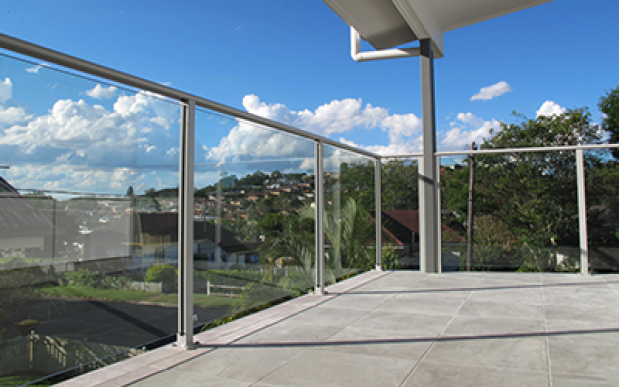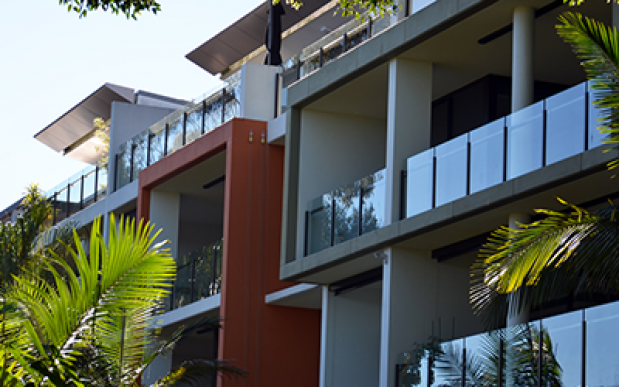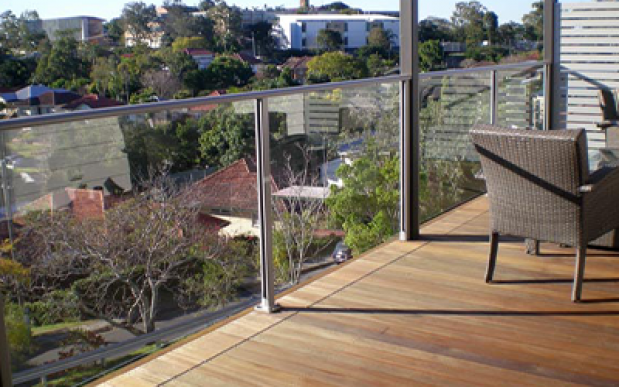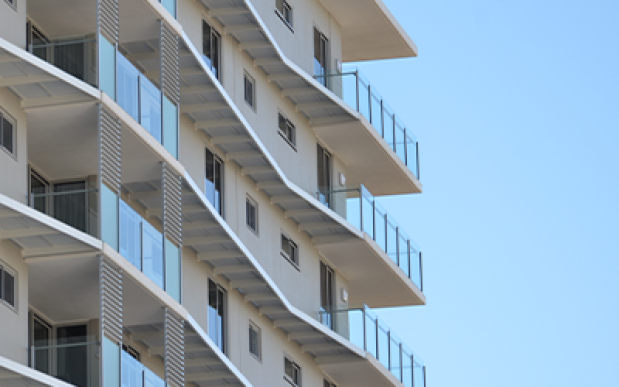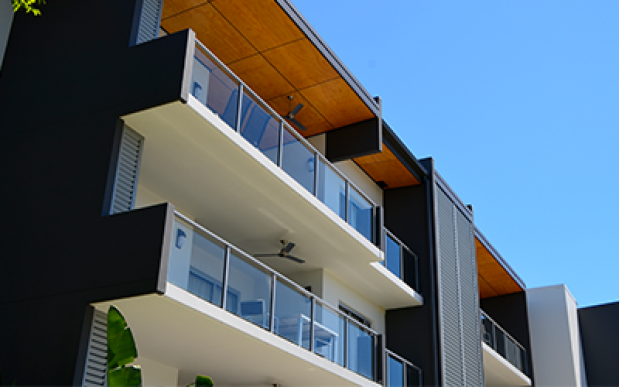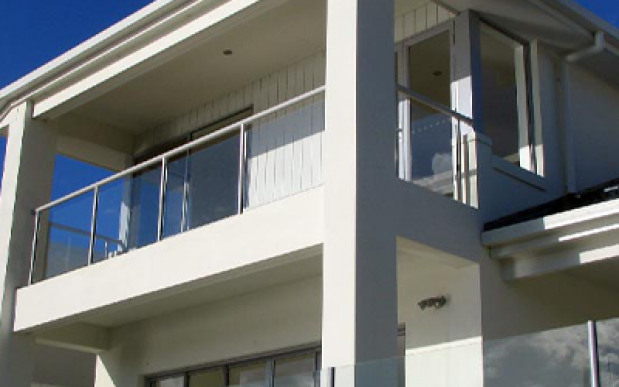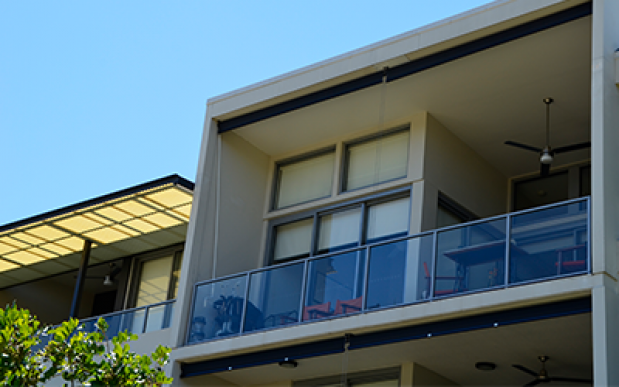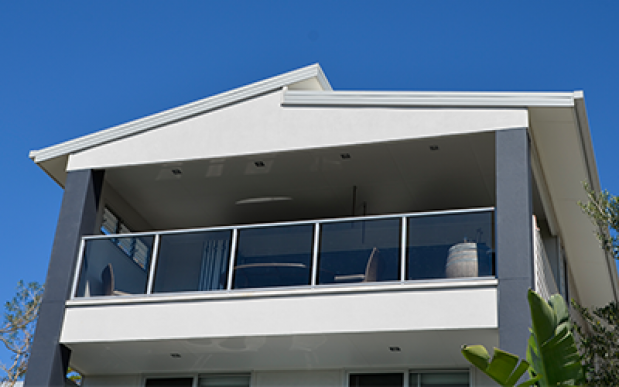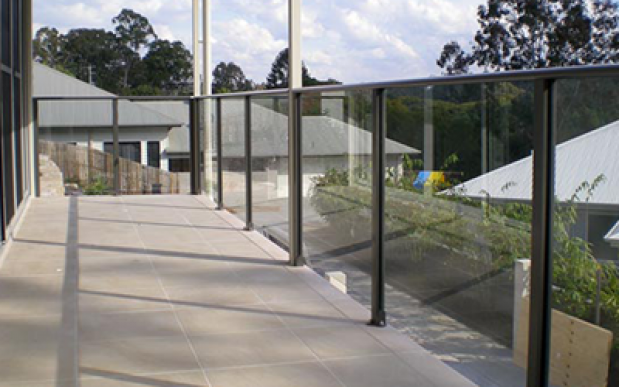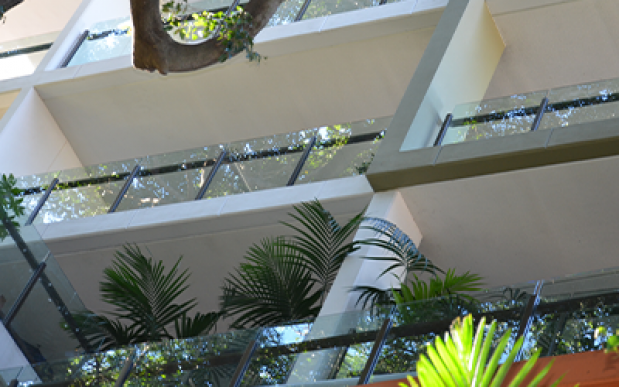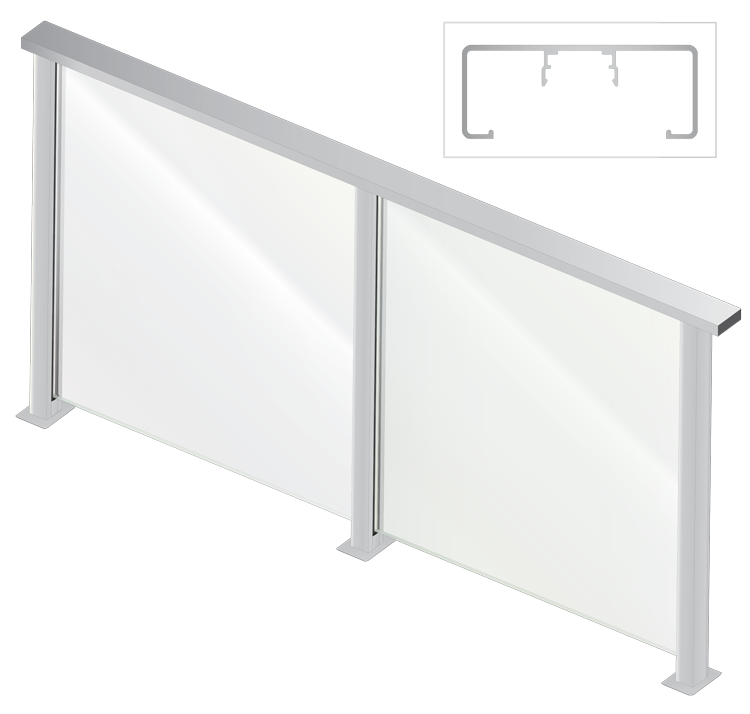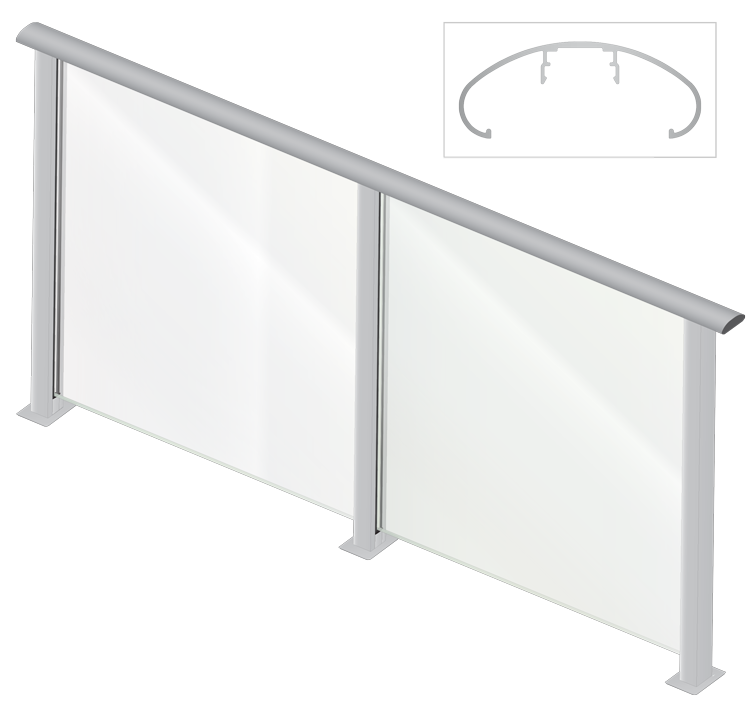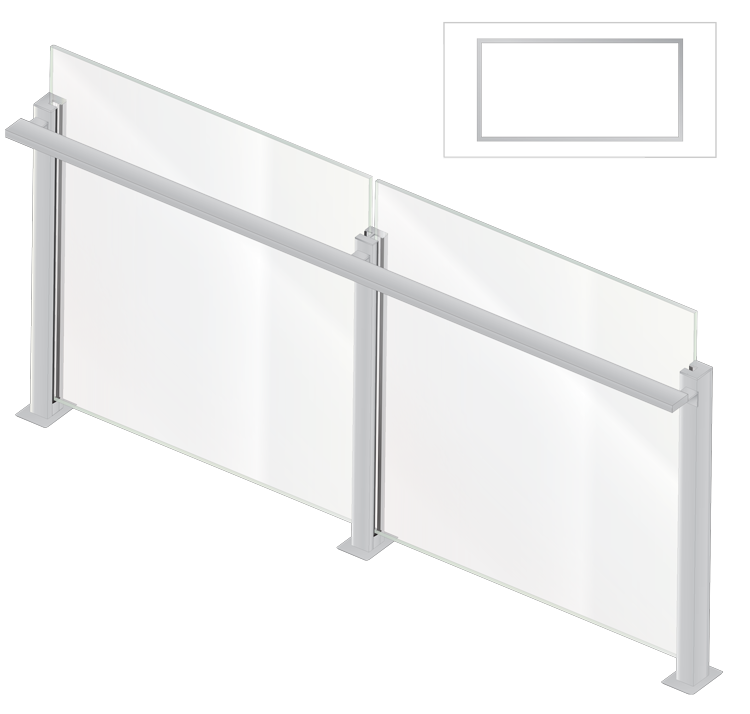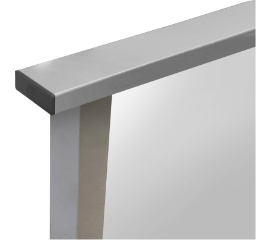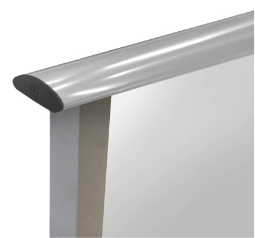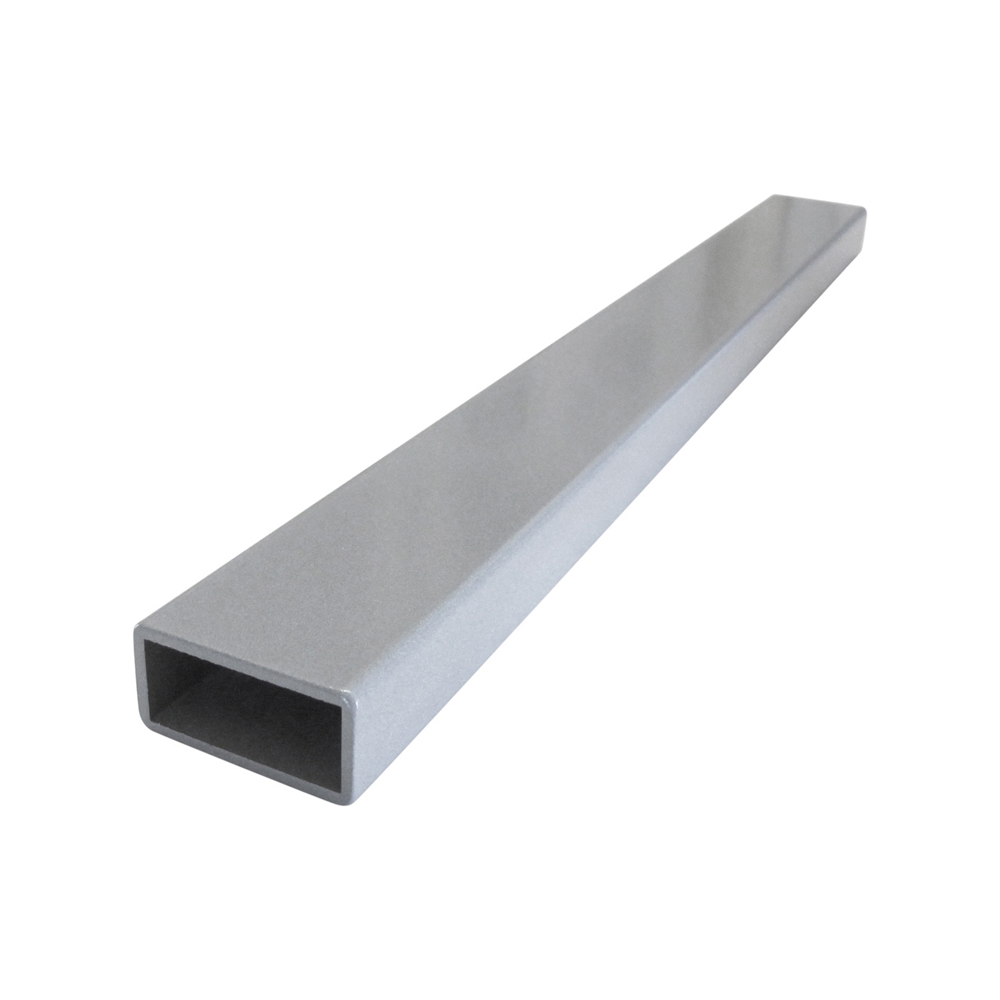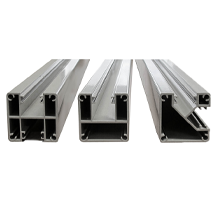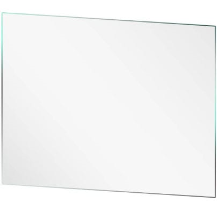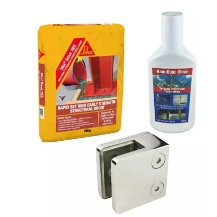Glass Design and Tolerances
Surface treatments
Toughened glass cannot be drilled or edge-worked in any manner. Surface treatments including sand blasting should be carried out prior to toughening.
Bowing allowances - flatness
Very slight distortion or bowing may occur after toughening but is largely controllable. It will vary with substance, size and shape of the glass. Flatness is measured when the glass is standing on edge, a straight edge placed along the length of the panel and a wedge measurement taken at the centre position. It is to be determined by adherence to requirements for substrates in accordance with AS/NZS2208:1996 & AS/NZS 4667:2000.
Nominal Thickness: 8, 10, 12mm
Annealed Float, Heat Strengthened & Toughened Glass: 1mm every 400mm (5mm Maximum
Visual distortion
The furnacing of glass panels can produce slight corrugated distortion or roller waves. This visual effect is in the form of distortion bands 250–300mm apart. It is more noticeable in tinted and reflective toughened glass. Less visual distortion is evident with a heat strengthened glass.
Quench pattern
During the toughening process, glass goes through a quenching phase where it is rapidly cooled by high velocity blasts of air. This process may result in the occasional appearance of a strain pattern or darkish shadows due to slightly higher levels of compression adjacent to the air nozzles. Typically, the “quench pattern” is only visible when wearing polarised sunglasses or by viewing the glass from the inside at acute angles. The confirmed observation of this optical phenomenon is a positive indicator the glass has been thermally treated and is not considered a defect.
Plastic Wrap / Packaging
To ensure safe delivery and transport, we use protective packaging on all of our toughened glass. We recommend keeping your packaged glass dry and for any plastic wrap to be removed no later than two weeks after exposure to sunlight.
Breakages
Most often, breakage is usually due to incorrect handling, surface damage or excessive loading on toughened glass. However, on very rare occasions, toughened glass can break for what seems to be no apparent reason. A variety of contaminants in the raw stock can lead to problems either during or subsequent to the toughening process.
Nickel sulphide
Microscopic nickel sulphide stones are a rare, undetectable contaminant in raw glass stock. The heating and rapid surface cooling processes of glass toughening is believed to change NiS stones from a stable to unstable state. Heat soaking is a method used to lower the chances of spontaneous breakage.
Heat soaking
Heat soaking involves heating toughened glass in a special oven at temperatures close to 280ºC to 290ºC for several hours to induce breakages that may be caused by inclusions or contaminants in the glass. However heat soaking does not guarantee detection of all inclusions or contaminants that may lead to spontaneous breakages.
![]()
![]()
![]()
![]()

